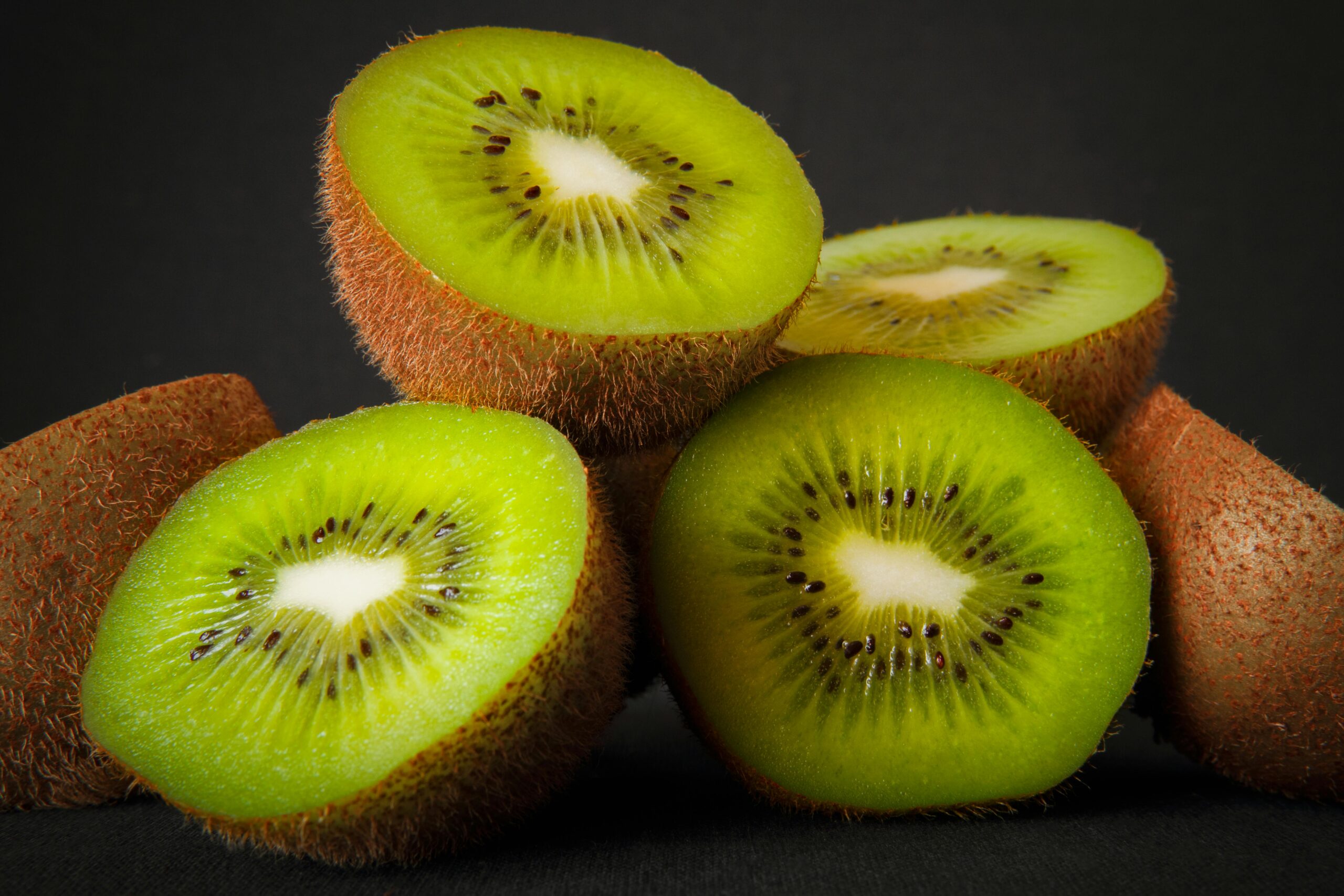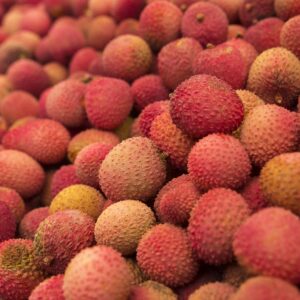Description
🥝 Kiwi Specifications – General Overview
1. Variety:
-
Popular Export Varieties:
-
Hayward – Most common and widely exported variety; large, green flesh, sweet-tart taste.
-
Bruno – Slightly elongated, less sweet than Hayward.
-
Monty – Medium size, tart flavor, good storage life.
-
Golden Kiwi – Yellow flesh, smoother skin, sweeter taste, increasing global demand.
-
2. Size & Weight:
-
Kiwi fruits are graded by size and weight:
-
Small: 70–90 grams
-
Medium: 90–110 grams
-
Large: 110–130 grams
-
Extra Large: 130+ grams
-
-
Size Code used in export (number of fruits per 3.3 kg box):
-
30/36/42/46/53/56 etc. (Lower count = bigger fruit)
-
3. Color:
-
Outer Skin: Brown, fuzzy or smooth (depending on variety).
-
Flesh:
-
Green Kiwi: Bright green with small black edible seeds.
-
Golden Kiwi: Yellow-golden flesh with smoother skin.
-
4. Shape:
-
Typically oval or oblong.
-
Uniform shape and firm texture preferred for export quality.
5. Taste & Aroma:
-
Green kiwi: Sweet-tart with a tangy flavor.
-
Golden kiwi: Sweeter and milder in acidity.
-
Aroma should be fresh and fruity.
6. Brix Level (Sugar Content):
-
Minimum export-grade Brix: 6.5° to 8.5° at harvest, ripening to 12°–14° Brix for consumption.
7. Packaging:
-
Standard packaging: 3 kg or 3.3 kg trays/cartons.
-
Packed with foam netting, trays, or molded pulp to avoid bruising.
-
1-layer or 2-layer packing depending on fruit size.
-
Box should be ventilated and labeled with origin, variety, size, weight, and grade.
8. Shelf Life:
-
At room temperature: 5–7 days once ripe.
-
In cold storage (0°C to 1°C): Up to 4–6 months if harvested at proper maturity and stored under controlled atmosphere (CA).
9. Storage Conditions:
-
Temperature: 0°C to 1°C
-
Relative Humidity: 90% to 95%
-
Avoid ethylene exposure (which accelerates ripening).
10. Nutritional Content:
-
High in:
-
Vitamin C
-
Dietary fiber
-
Vitamin K
-
Antioxidants
-
-
Known for boosting immunity and aiding digestion.





Reviews
There are no reviews yet.